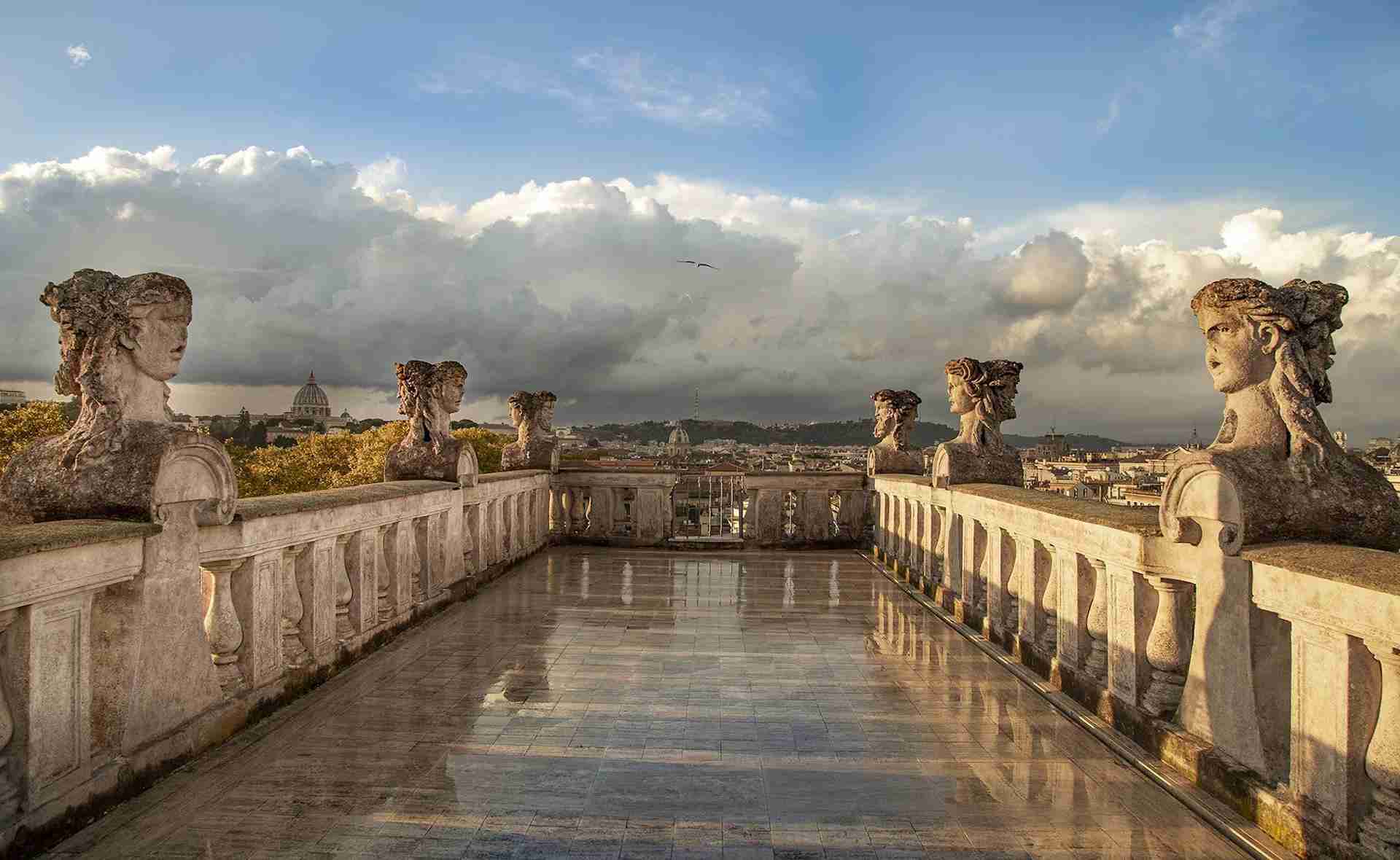The 26 Hungarian cultural institutes working in 24 countries of the world play a distinguished role in popularizing the outstanding achievements of Hungarian culture, education, and sciences on an international level as well as in contributing to the reputation of a value-based Hungary.
The network of institutes aims to improve the recognition of Hungary abroad and to build and foster the cultural relations between Hungarian people living within and beyond the borders of Hungary.


